|
by Marriott_Guy |
|
|
ZTE and The9 Company entered the growing market of micro-consoles with
their release of the FunBox on April 10, 2014.
Following in the footsteps of the
OUYA and
GameStick, the
FunBox is designed to provide an alternative to traditional
gaming consoles by utilizing Android's popular open-sourced
operating system (4.3 Jelly Bean in this case). The system
was initially released in China, with international distribution
following shortly thereafter. Like similar entries in this field, the FunBox has an extremely small footprint. The black cube-shaped housing is non-obtrusive with an entirely functional design. A single power button resides on the top of the unit, while the aft section contains the various ports - HDMI 1.4a, Ethernet port, 3.55mm headphone jack, USB 2.0 and a micro USB port. The hardware is powered by a NVIDIA Tegra 4 SoC, sports 2GB DDR3L RAM with 8GB of internal Flash Storage. Wireless connectivity is supported (Wi-Fi 802.11 a\b\g\n) in addition to the standard 100Mbit Ethernet connection. Bluetooth 4.0 wireless input devices are supported (limited at this point). |
|
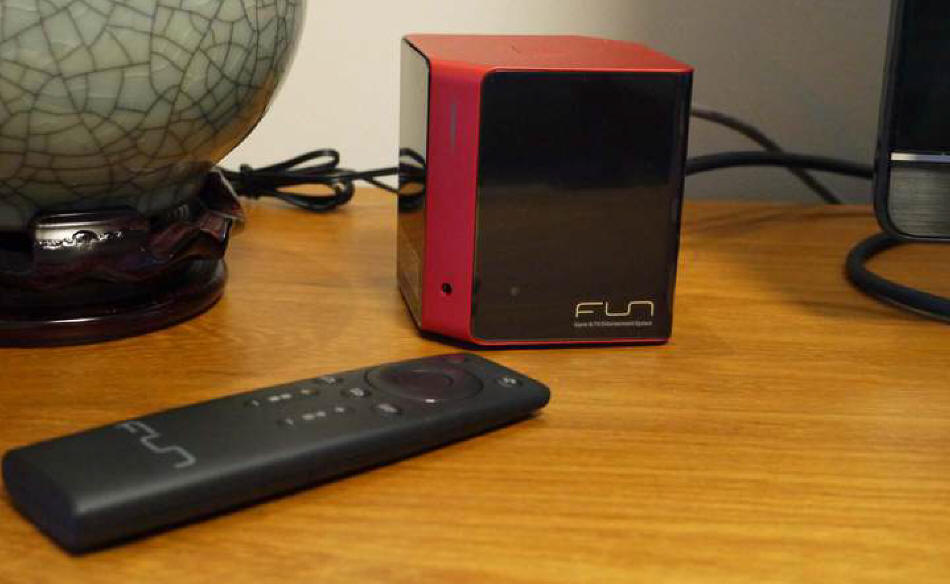 |
|
| A proprietary gamepad is included with the system. This wireless Bluetooth 4.0 controller is designed with the same control layout as the standard DualShock 3 controller used with the PlayStation 3. The FunBox currently supports up to four wireless controllers to be used simultaneously. A nice touch is the included Media Remote, allowing access to very basic functions of the FunBox (volume, Home, etc.). Curiously, this remote does not include a power on/off button for the actual console. That said, this addition is welcomed and not something that is provided by the competition. As of this writing, control by smart phone or tablet is not supported. | |
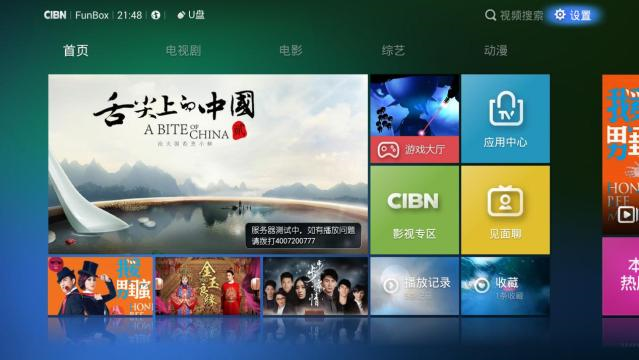 Main GUI |
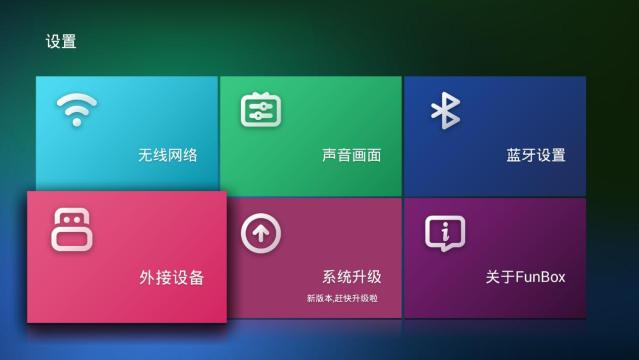 Settings Menu |
|
The FunBox utilizes a customized version of the Android
4.3 operating system. Updates to the system can be
manually conducted or set to be performed automatically behind
the scenes with virtually no interruption while interacting with
the system. The default language is Chinese, but this can
be changed to English using the Apex Launcher. FunBox
natively supports apps from NVIDIA TegraZone as well as the
Google Play Store (via root). Quick access to popular TV
and online streaming content is readily available for those in
China, but international users will have to be content with
accessing like features through their own initiative (root). ZTE and The9 seems to have hit a homerun with this initial release of the FunBox, experiencing minimal glitches through the first few months that the system has been available. The price point may be slightly higher than the competition, but so is the upside with the advanced technical specs and performance. |
|
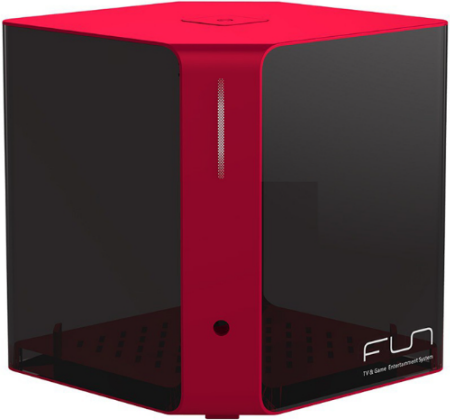 |
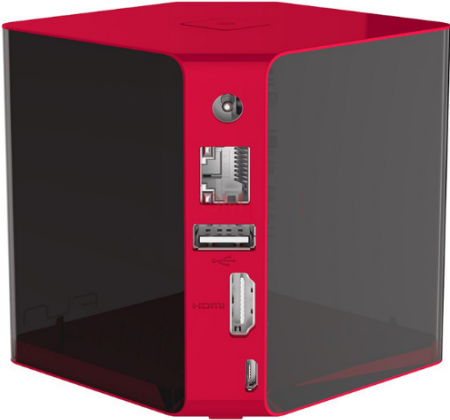 |
|






 2010s - NOTES
2010s - NOTES


 MODELS
MODELS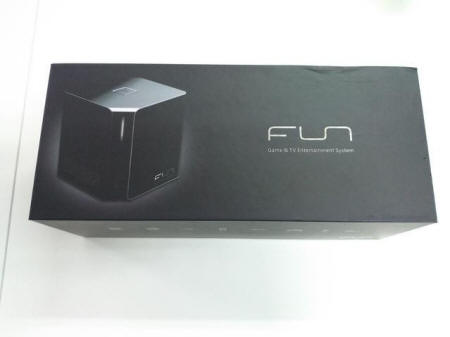
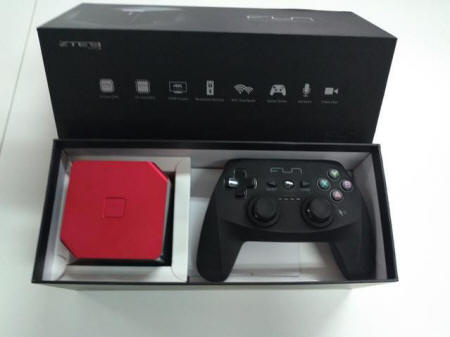
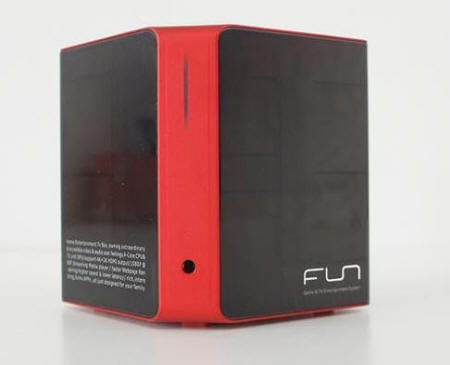
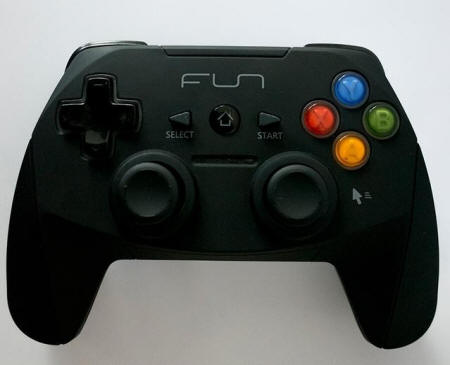
 CLONES
CLONES SPECS & MANUALS
SPECS & MANUALS
 OTHER MEDIA
OTHER MEDIA WEB RESOURCES
WEB RESOURCES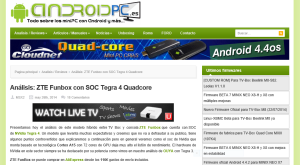
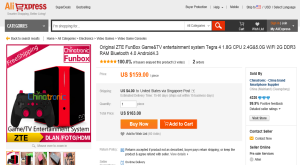
 DISCUSS
DISCUSS